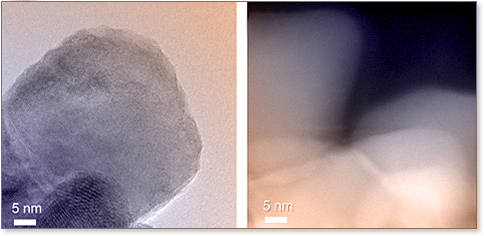 A simple and versatile method for the preparation of photocatalyst particulates modified with effective cocatalysts is presented; the method involves the sequential soaking of photocatalyst particulates in solutions containing bifunctional organic linkers and metal ions. The modification of the particulate surfaces is a universal and reproducible method because the molecular linkers utilize strong covalent bonds, which in turn result in modified monolayer with a small but controlled quantity of metals. The photocatalysis results indicated that the CdS with likely photochemically reduced Pd and Ni, which were initially immobilized via ethanedithiol (EDT) as a linker, were highly efficient for photocatalytic hydrogen evolution from Na2S-Na2SO3-containing aqueous solutions. The method developed in this study opens a new synthesis route for the preparation of effective photocatalysts with various combinations of bifunctional linkers, metals, and photocatalyst particulate materials.
A simple and versatile method for the preparation of photocatalyst particulates modified with effective cocatalysts is presented; the method involves the sequential soaking of photocatalyst particulates in solutions containing bifunctional organic linkers and metal ions. The modification of the particulate surfaces is a universal and reproducible method because the molecular linkers utilize strong covalent bonds, which in turn result in modified monolayer with a small but controlled quantity of metals. The photocatalysis results indicated that the CdS with likely photochemically reduced Pd and Ni, which were initially immobilized via ethanedithiol (EDT) as a linker, were highly efficient for photocatalytic hydrogen evolution from Na2S-Na2SO3-containing aqueous solutions. The method developed in this study opens a new synthesis route for the preparation of effective photocatalysts with various combinations of bifunctional linkers, metals, and photocatalyst particulate materials.